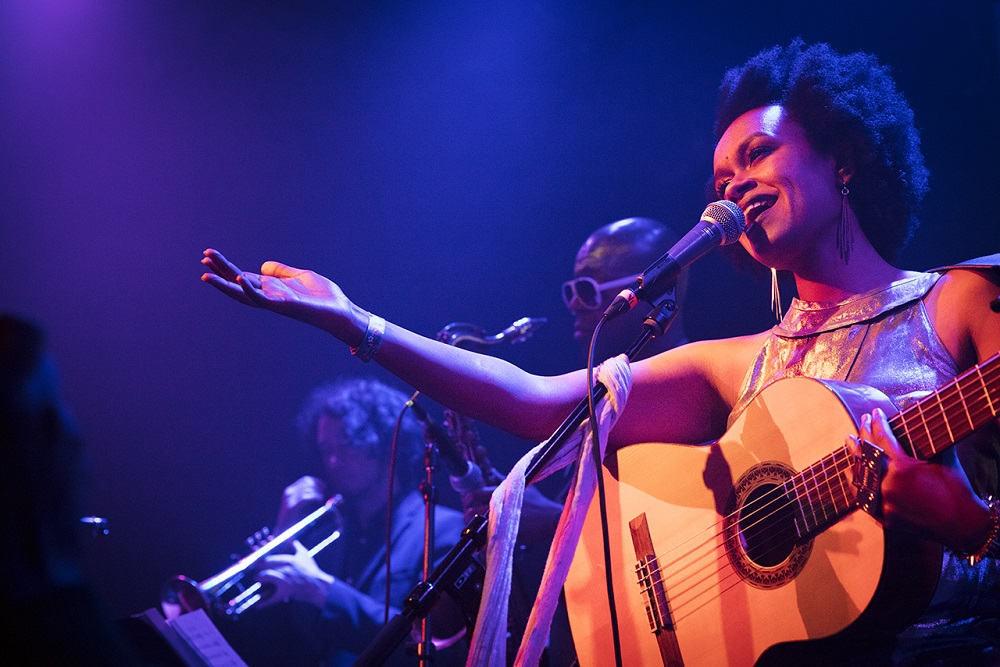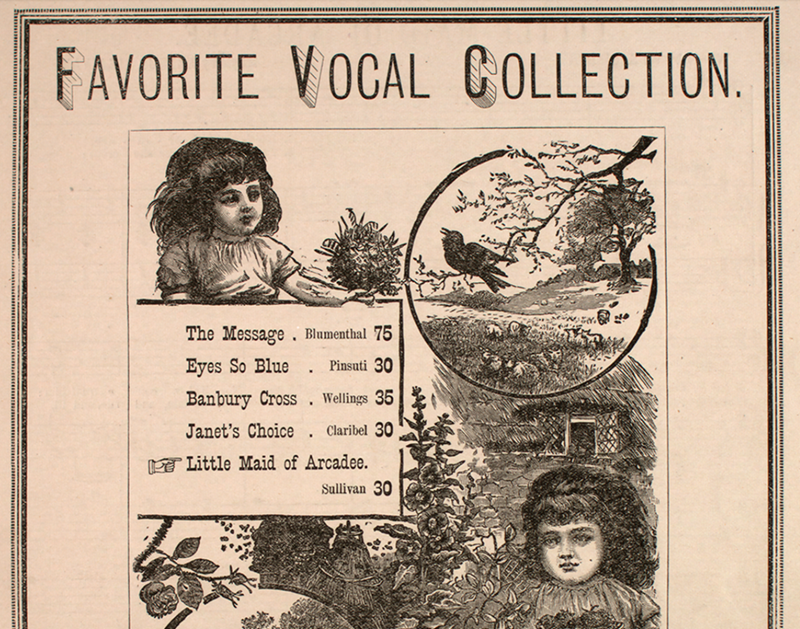
Daffodils, Violets & Snowflakes: Gendered Song Stereotypes for Young Girls
The Hal Leonard company has long sold an anthology entitled Daffodils, Violets & Snowflakes, 24 gender-stereotyped songs from 1900-22. Here’s a look at what they convey.
Music, Voice, Message
People who identify as women
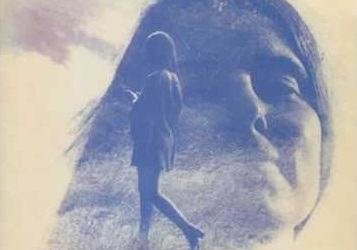
WSF is an online forum devoted to women’s voices in song, to the many songs by women, and to the many female musicians working in and with song, who have yet to be given the attention they deserve. The Women’s Song Forum provides an opportunity to expand and enhance knowledge and understanding of this rich and significant area of musical practice and scholarship, and – as the name “forum” suggests – aims to encourage discussion and debate across different interest groups. The forum aims to highlight compositions and performances of music that deserve more recognition.
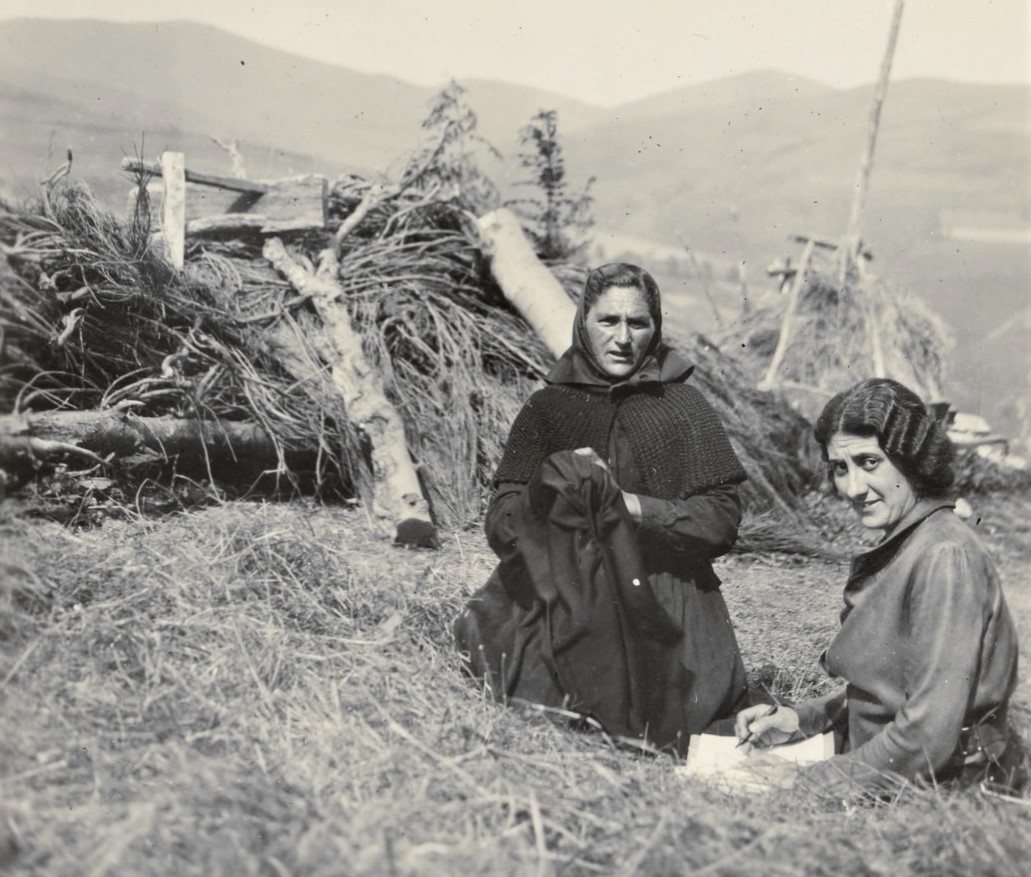
At the heart of the forum is our commitment to diverse approaches and subjects and access by a wide-ranging audience. We normally publish 2-3 posts each month by members of our team and guest bloggers.
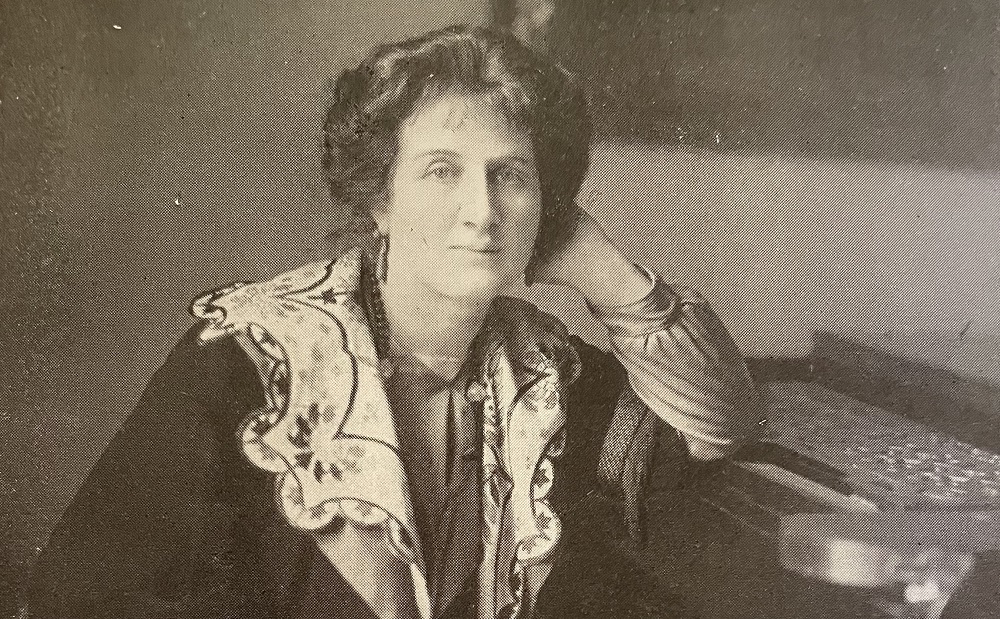
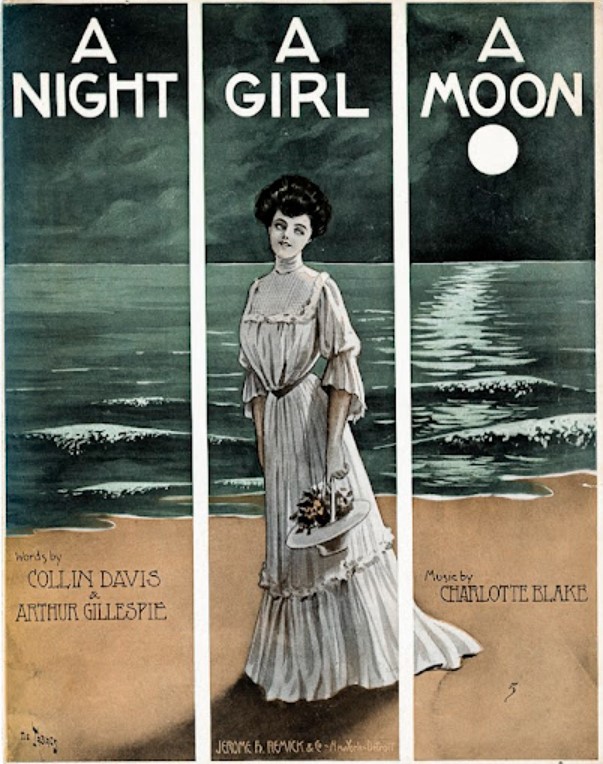


The Hal Leonard company has long sold an anthology entitled Daffodils, Violets & Snowflakes, 24 gender-stereotyped songs from 1900-22. Here’s a look at what they convey.
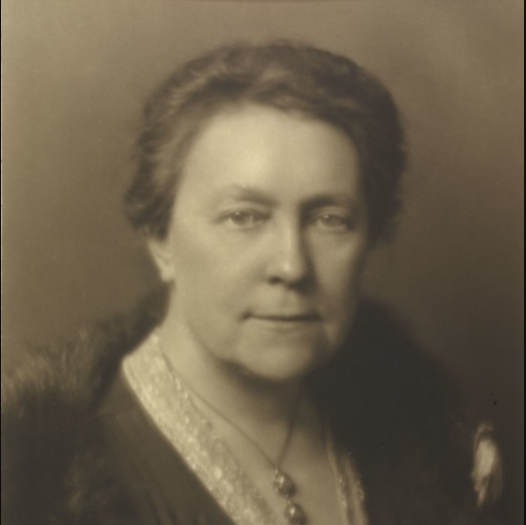
A century ago women composers in German-speaking countries often followed their male colleagues in preferring to set poems by men. But a few had other ideas.
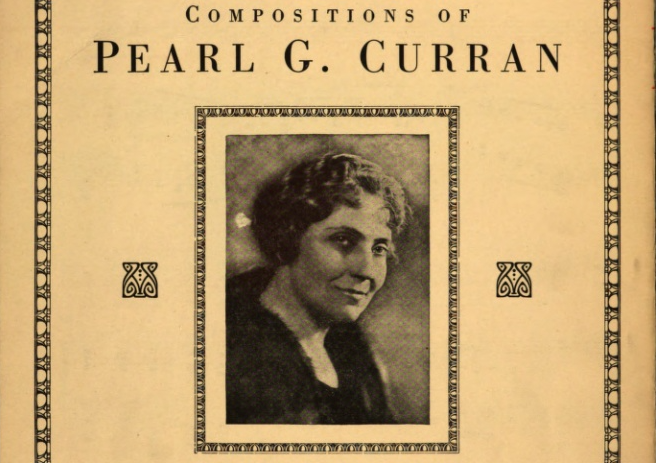
When Italian singer Beniamino Gigli made his farewell tour of America in 1955, some three thousand people packed Carnegie Hall to hear his recitals. On

A conversation with Zsuzsanna Ardó and her creative collaborators about the progress of PlanetWoman, the international choral project connecting composers and choirs across the globe.
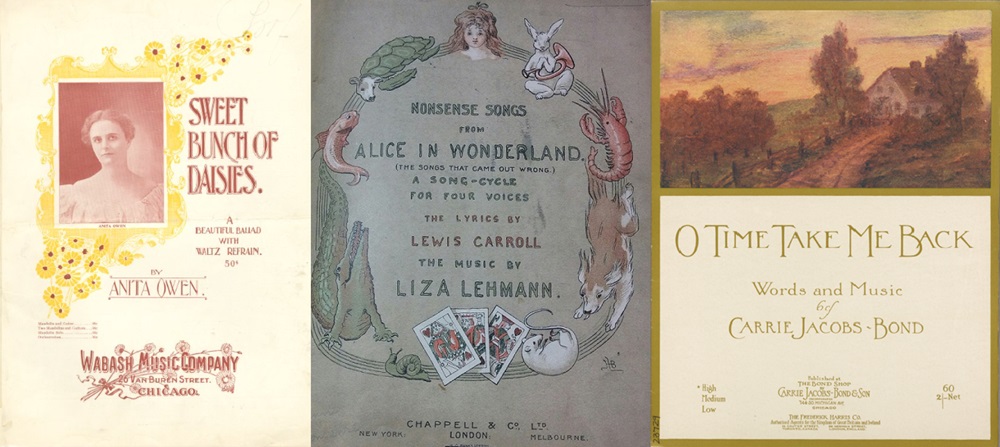
By far the largest online source of music for performers is IMSLP.org, with nearly 800,000 scanned scores. 14 stellar performances demonstrate the range of their holdings.
From accounts of individual women or performances to historical essays, from interviews with songwriters and performers to discussions of gender, race and culture in and through song.

Tracy Chapman

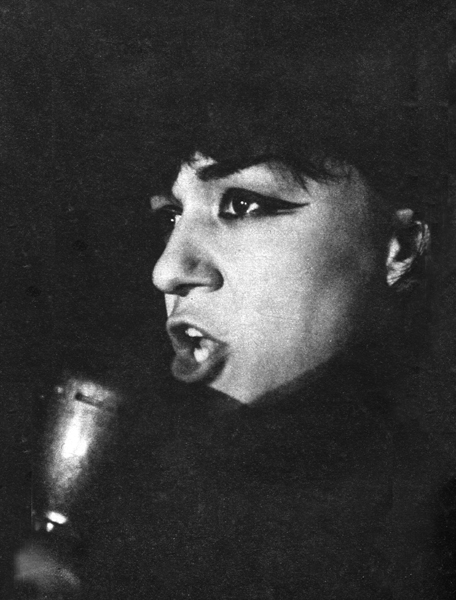
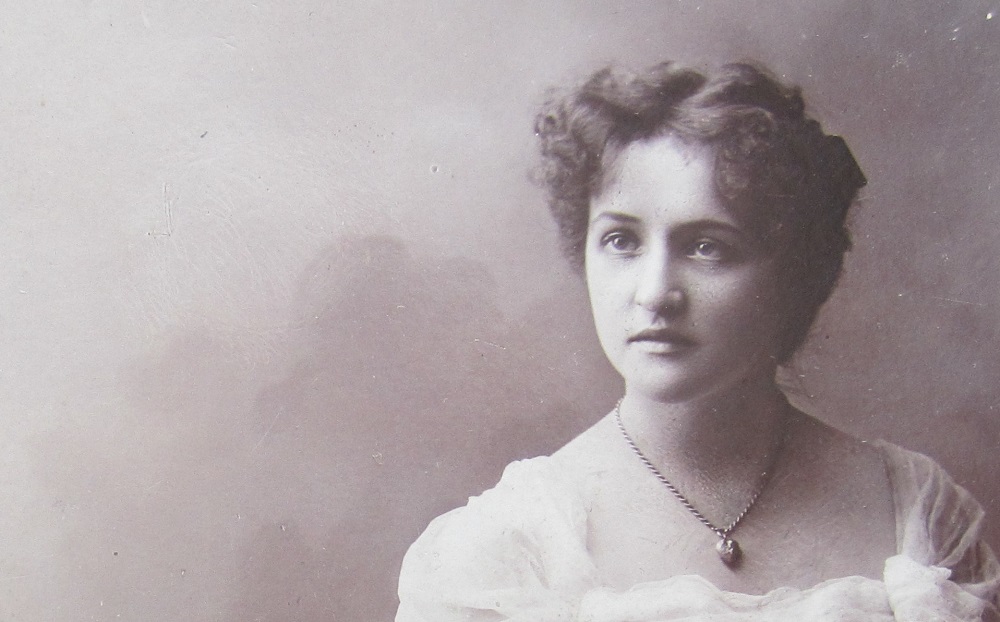
“My friend, Maja Strozzi, perhaps the most beautiful voice of both hemispheres.” Thomas Mann (Doctor Faustus, chapter 37)
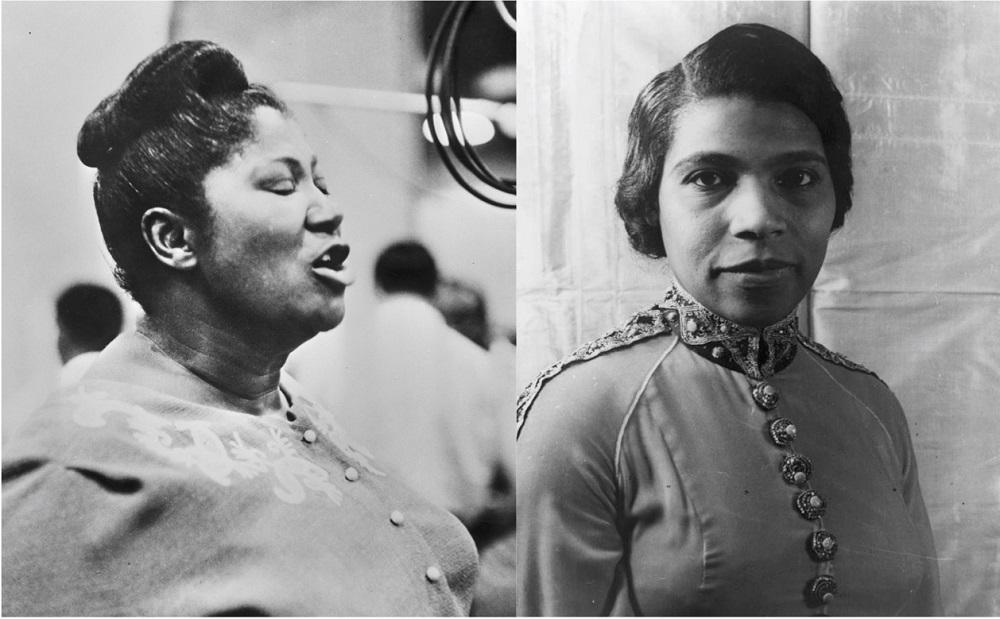
This month Stephen Rodgers is guest host for Thomas Hampson’s weekly program, Song and Beyond. Here are two conversations with members of the WSF team.
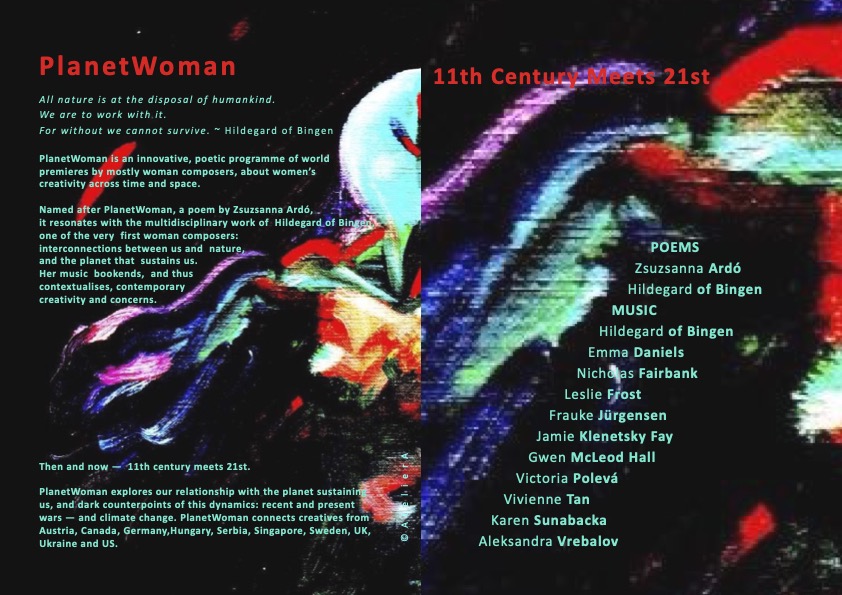
Coming next fall! PlanetWoman, an innovative program of world premieres by women composers setting poems by women. Zsuzsanna Ardó found her inspiration in writings of Hildegard of Bingen.

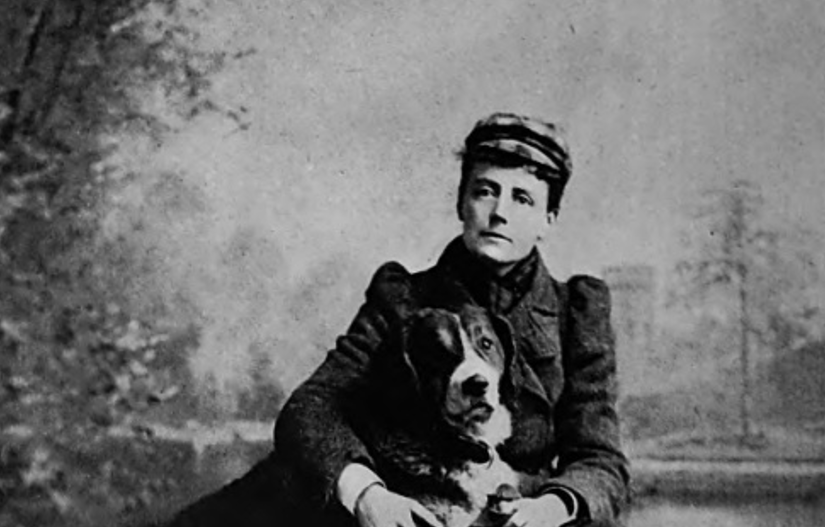
Lisa Colton recounts the thrill of discovering the autograph manuscript of Edith Smyth’s ‘Mass in D.’
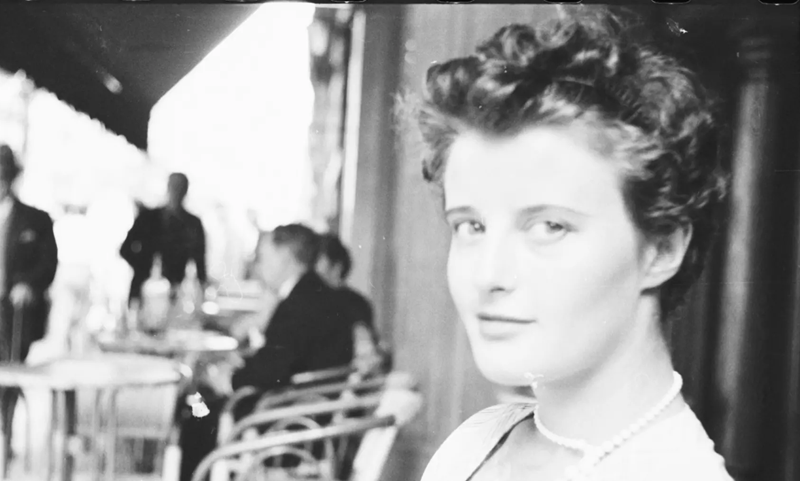
Ascensión Mazuela-Anguita finds that Lomax’s 1952-53 recordings help us to understand the political situation under Franco, life in impoverished Spain, and the moral constrictions faced by women.
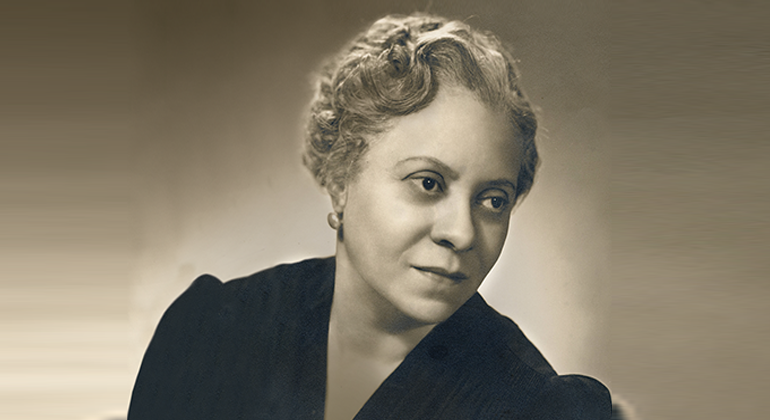
John Michael Cooper interprets Florence Price’s songs, “To My Little Son” and “Brown Arms (To Mother),” as responses to the painful losses of her son and her mother.
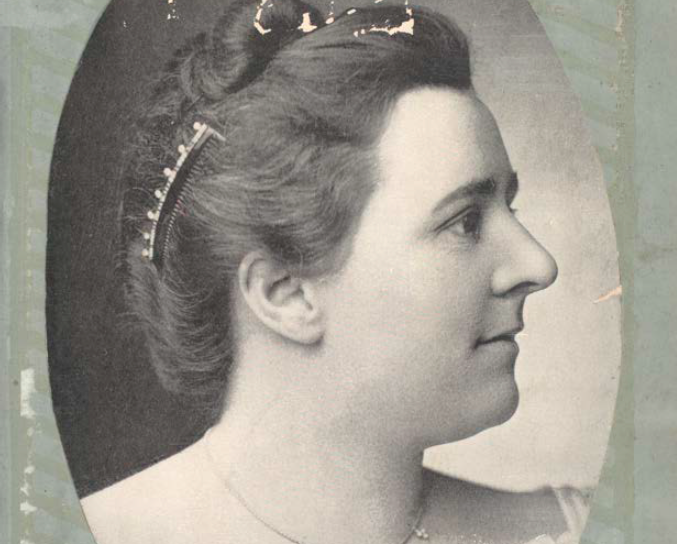
In her second post, Heather Platt tracks Villa Whitney White’s lecture-recitals of German lieder from 1895–98. Unusually, White sang complete song-cycles and songs written for men.
One of our aims is to recover and honor voices that have been overlooked or forgotten.
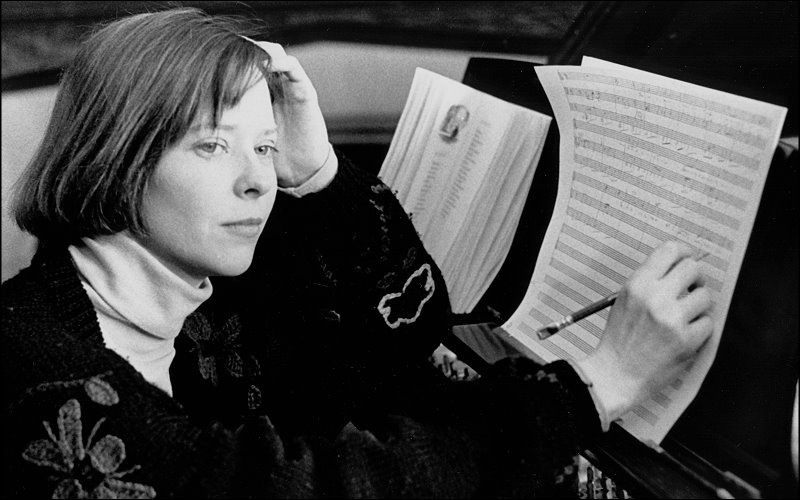
Sara Teasdale

In her 2011 album Night of Hunters, Tori Amos reflects on a long tradition of classical music penned by men from the perspective of a woman.
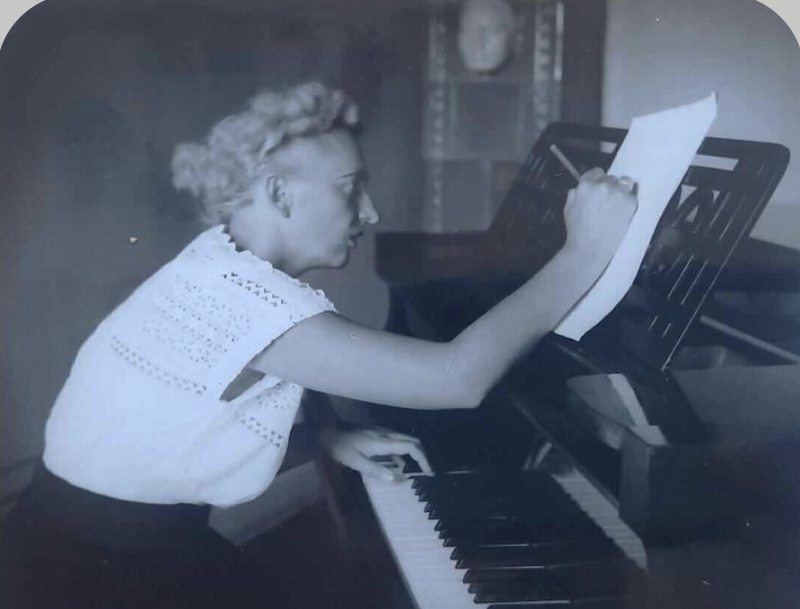
Ivana Lang’s Nokturno (Nocturne), one of the most beautiful of her many songs, spurs a look at her life and work.
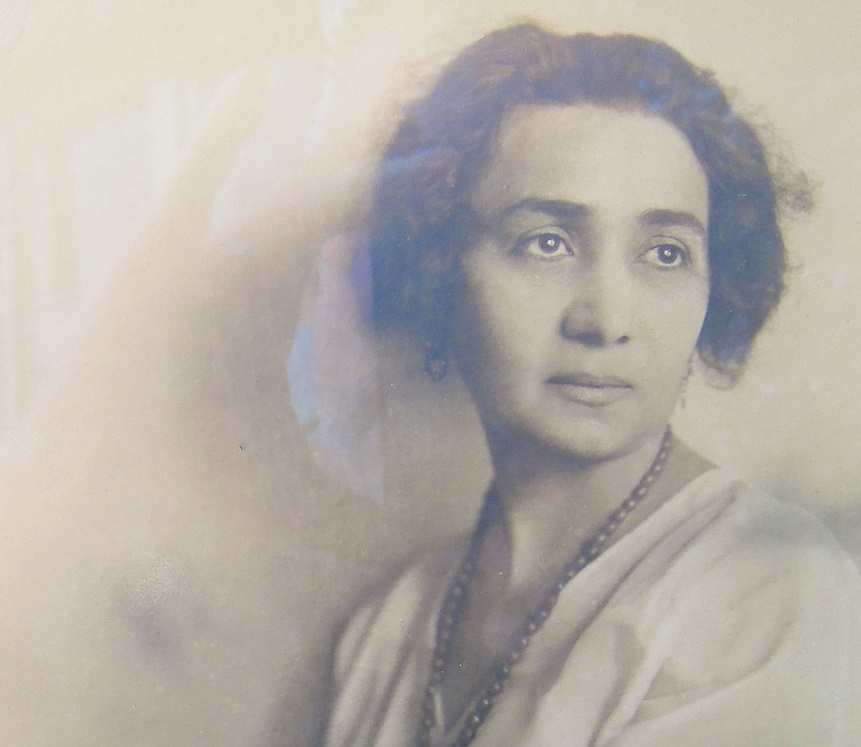
As expressions of motherly love and the pain of mothers who lose their children crossing ethnic, national and religious boundaries, these songs remain universal.
